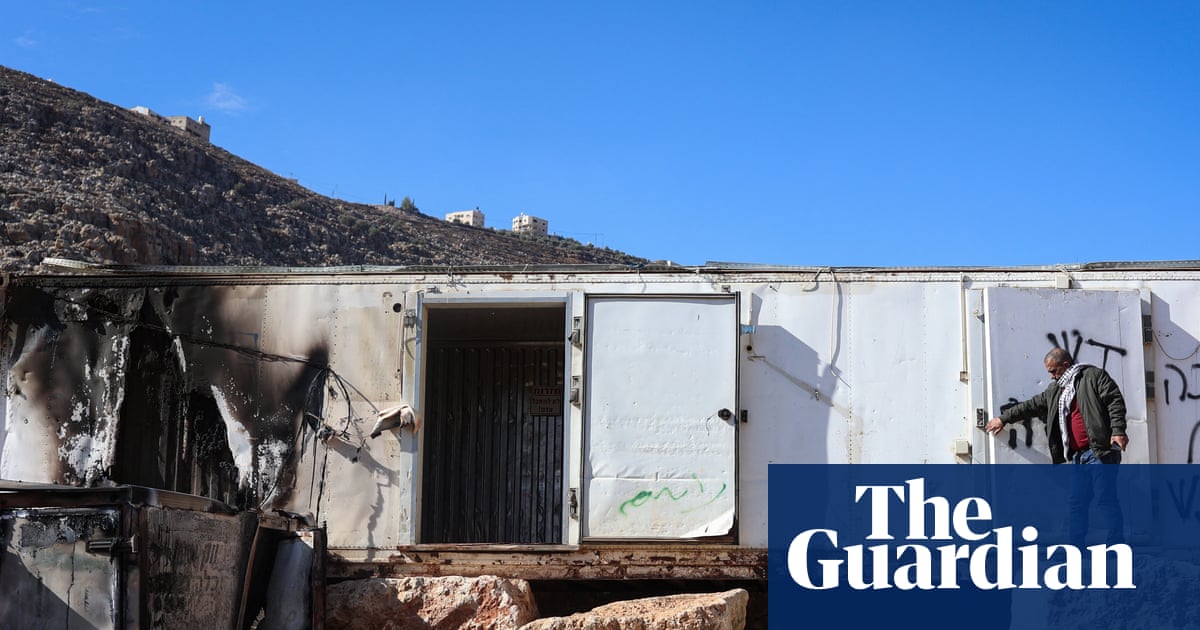What future is there for Palestinians in Gaza? The announcement of the ceasefire brought profound relief, shaded by an equally deep sense of trepidation. Almost a month later, the picture looks bleaker. The Israeli offensive abated, Hamas has returned the surviving hostages and the remains of some of those who have died, and Israel has released some Palestinian detainees and the remains of others.
But more than 200 Palestinians, including children, have reportedly died in strikes that Israel says are in response to Hamas attacks. Thousands of bodies are still believed to be trapped beneath the ruins – debris which, it is estimated, would take a fleet of more than a hundred lorries seven years to shift. Aid is flowing again, but remains wholly inadequate, with NGOs warning that Israel’s new registration system is obstructing delivery. Israeli demolitions continue in the half of Gaza that its forces still hold. Unicef warned this week that the education system – in so far as it survives after two years of war and the destruction of more than 90% of school and university buildings – is on the brink of collapse. New babies are born literally in the rubble, to mothers who have neither homes nor working hospitals.
Fears about maintaining the ceasefire have not disappeared. Mediators are discussing a potential deal to give Hamas fighters safe passage out of Israeli-held Rafah if they surrender their arms, in the hope of resolving a possible flashpoint. But a senior Qatari diplomat, Majed al-Ansari, pointed to a deeper risk when he spoke to the Guardian last week: that Gaza slides towards a limbo of “no war, no peace”, in which deaths continue and reconstruction cannot occur.
The ceasefire agreement was reached by deferring all the difficult questions. But the US is keen to press ahead with a UN security council resolution mandating the establishment of an international stabilisation force. That will require agreement on multiple difficult issues: the force’s mandate and composition – Israel has rejected a role for Turkish troops – and its relationship with a Palestinian civil police force; US military leadership; details of Israeli military withdrawal, and of what happens to Hamas weapons and fighters.
Donald Trump does not want “his” ceasefire to disintegrate and has long hoped to expand the Abraham accords of his first term, normalising relations between Israel and more Arab states. That appears unlikely without steps towards a better deal for Palestinians. Notably, the Saudi crown prince, Mohammed bin Salman, will make a rare visit to the US later this month.
But though much of what happens in the world is now dictated by the whims of the US president, it would be wrong to see the ceasefire as a random gift from Mr Trump. It reflected the growing international outrage at a genocidal war, led by the public, with governments dragged along behind. Gaza has now slipped back down the agenda. Germany was quick to suggest that it would lift restrictions on arms exports to Israel which it applied only in August.
Israel still resists allowing international journalists to enter Gaza. Public attention must be maintained to sustain Mr Trump’s interest, persuade him to press Israel to comply with the existing agreement, and ensure that further steps do not utterly betray Palestinians. Only sustained pressure can hope to bring anything approaching justice and lasting peace to the region. Palestinians need not only food, but a future.
-
Do you have an opinion on the issues raised in this article? If you would like to submit a response of up to 300 words by email to be considered for publication in our letters section, please click here.





